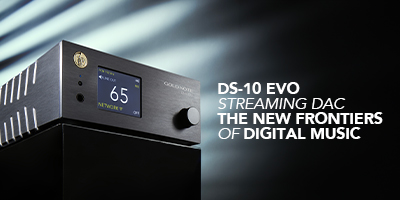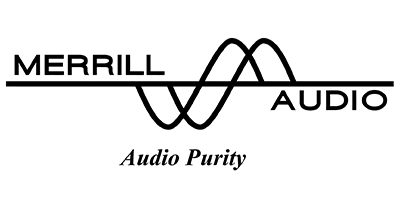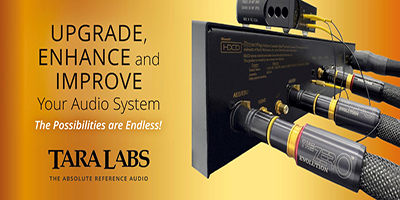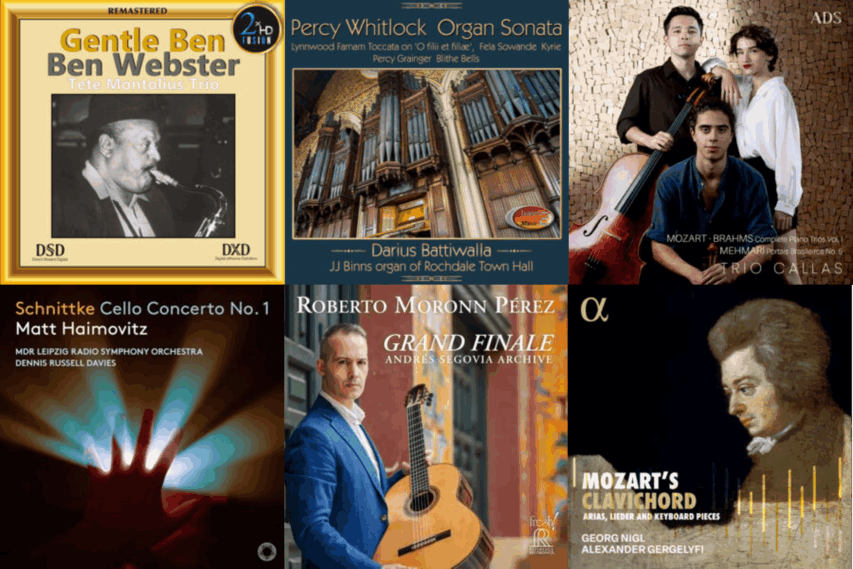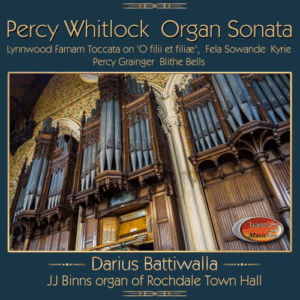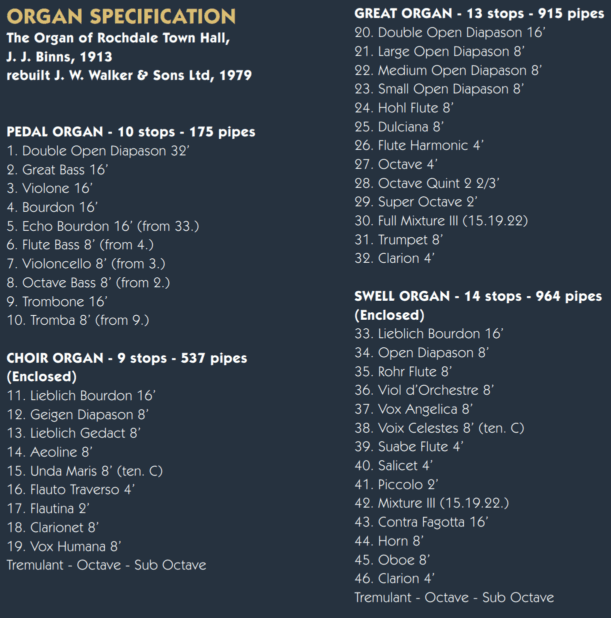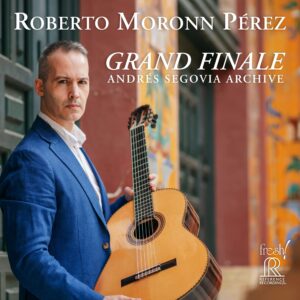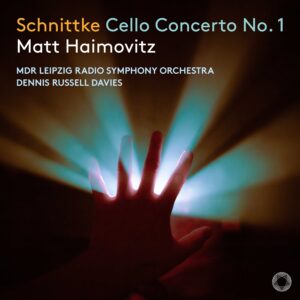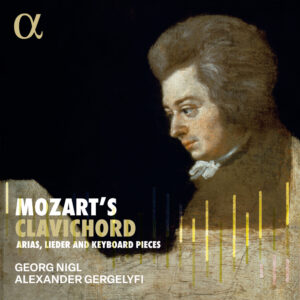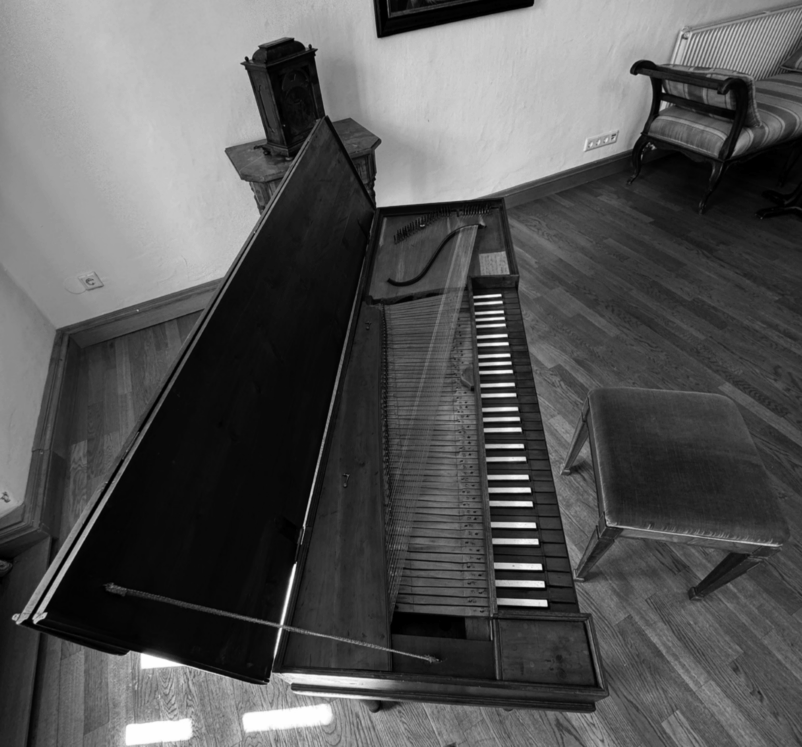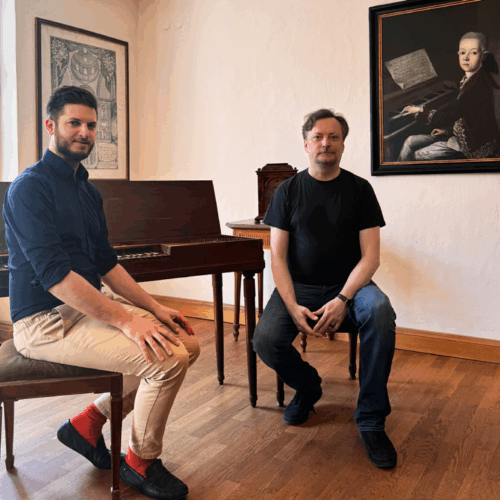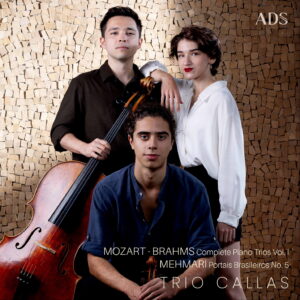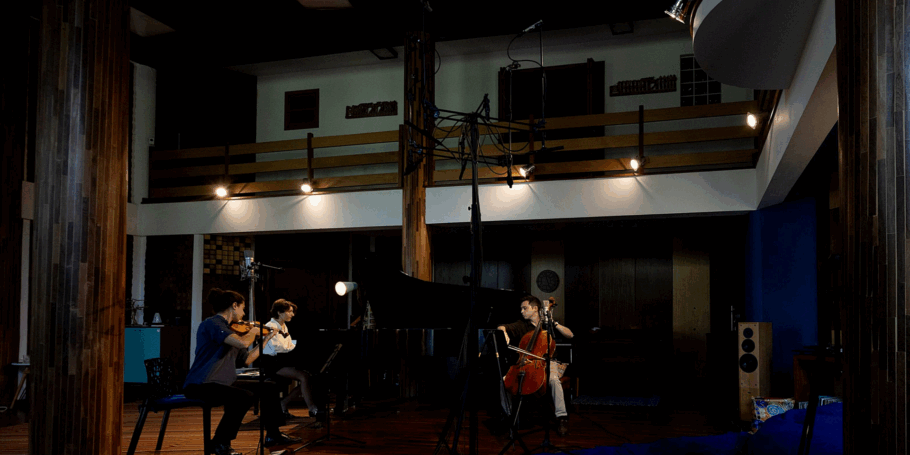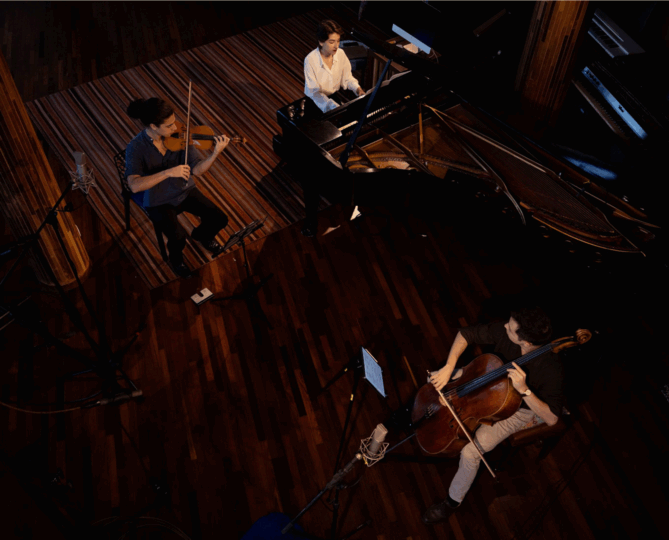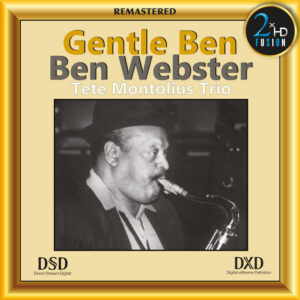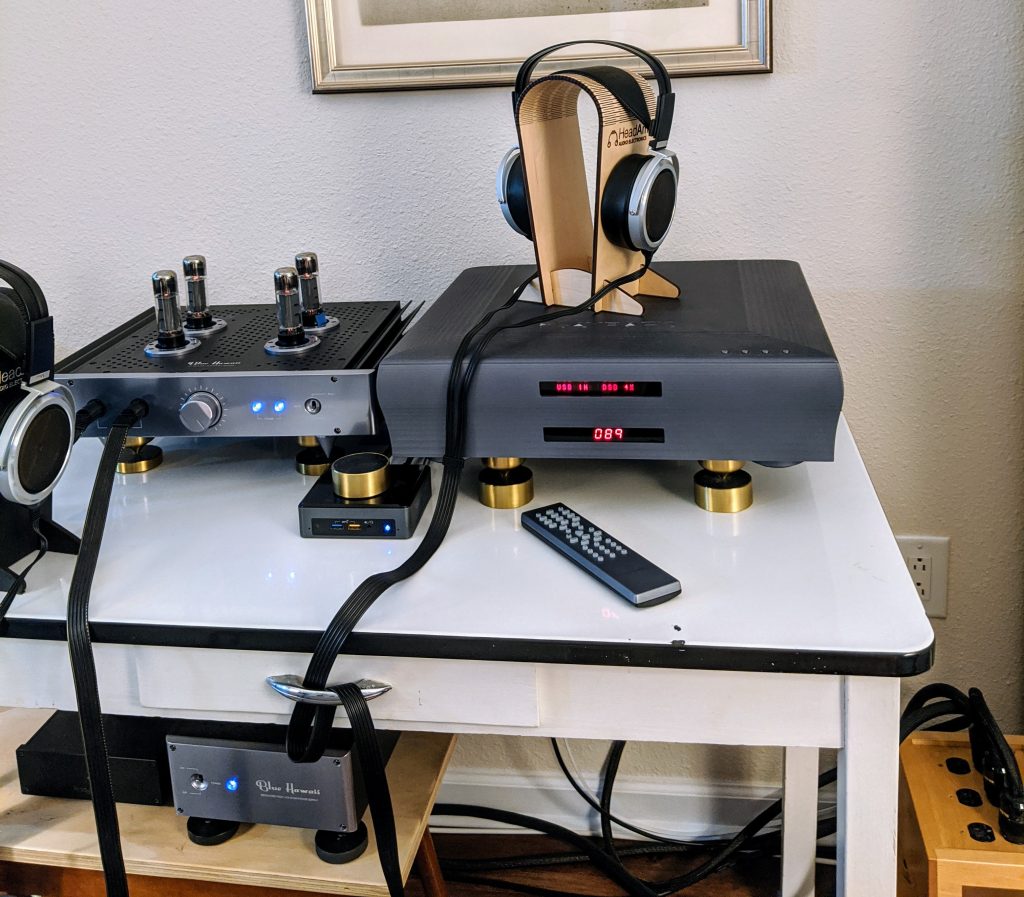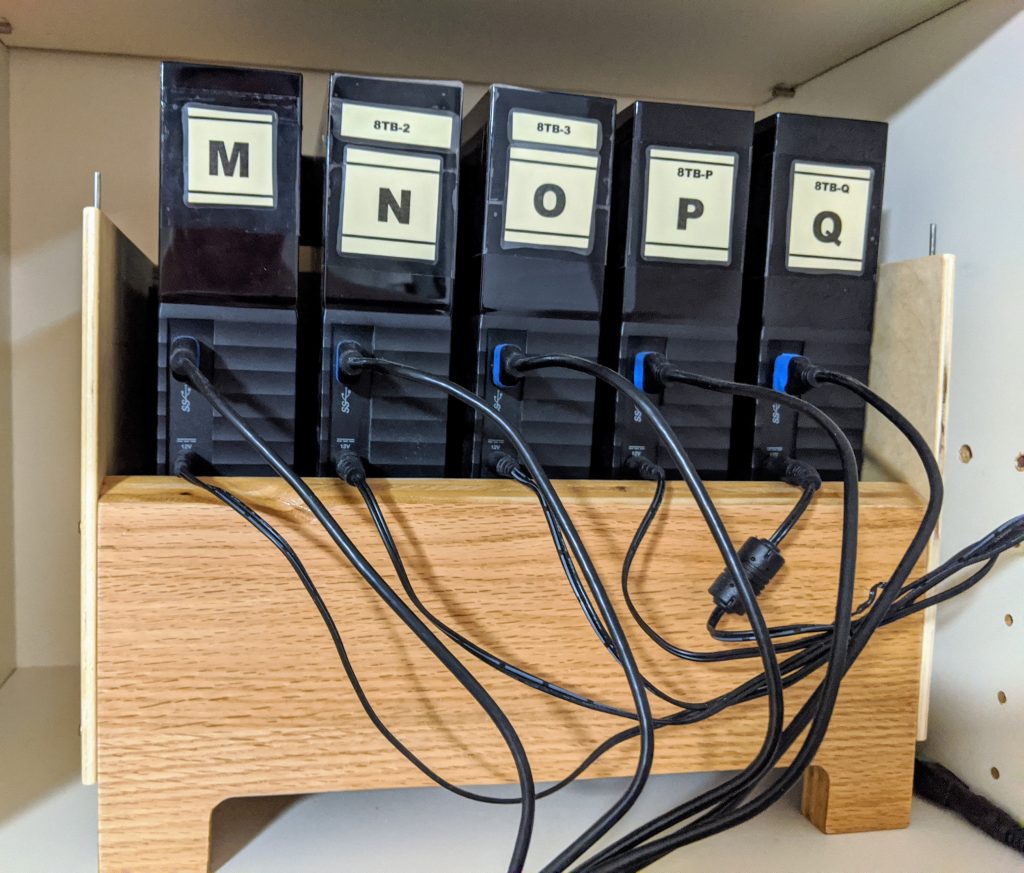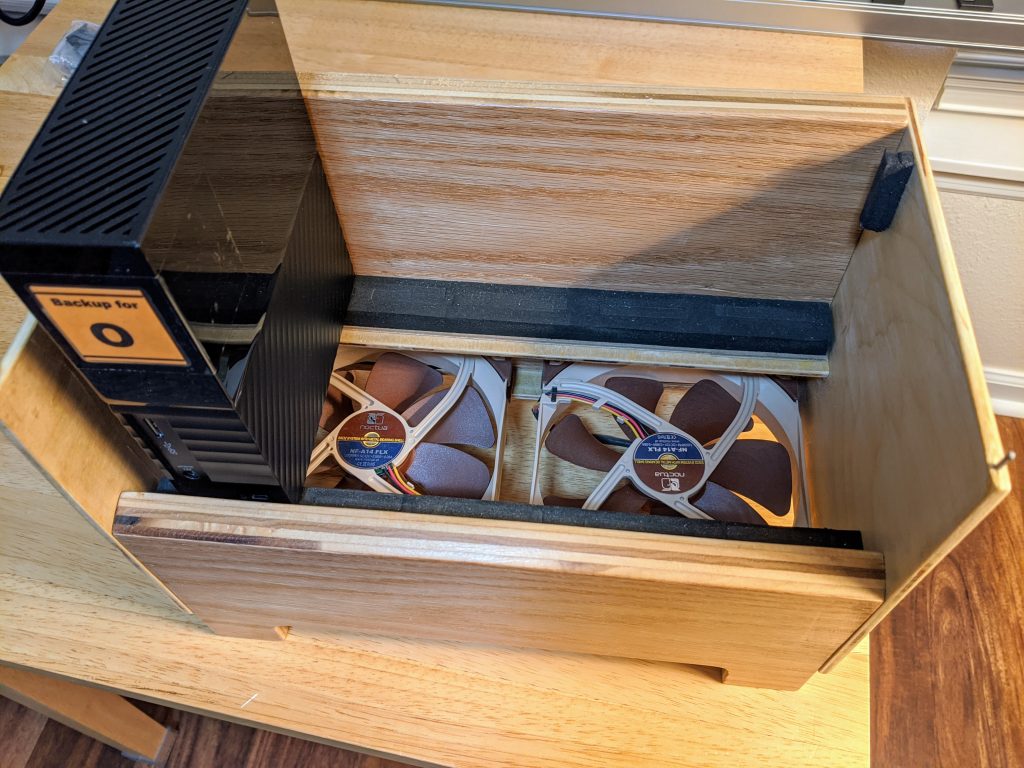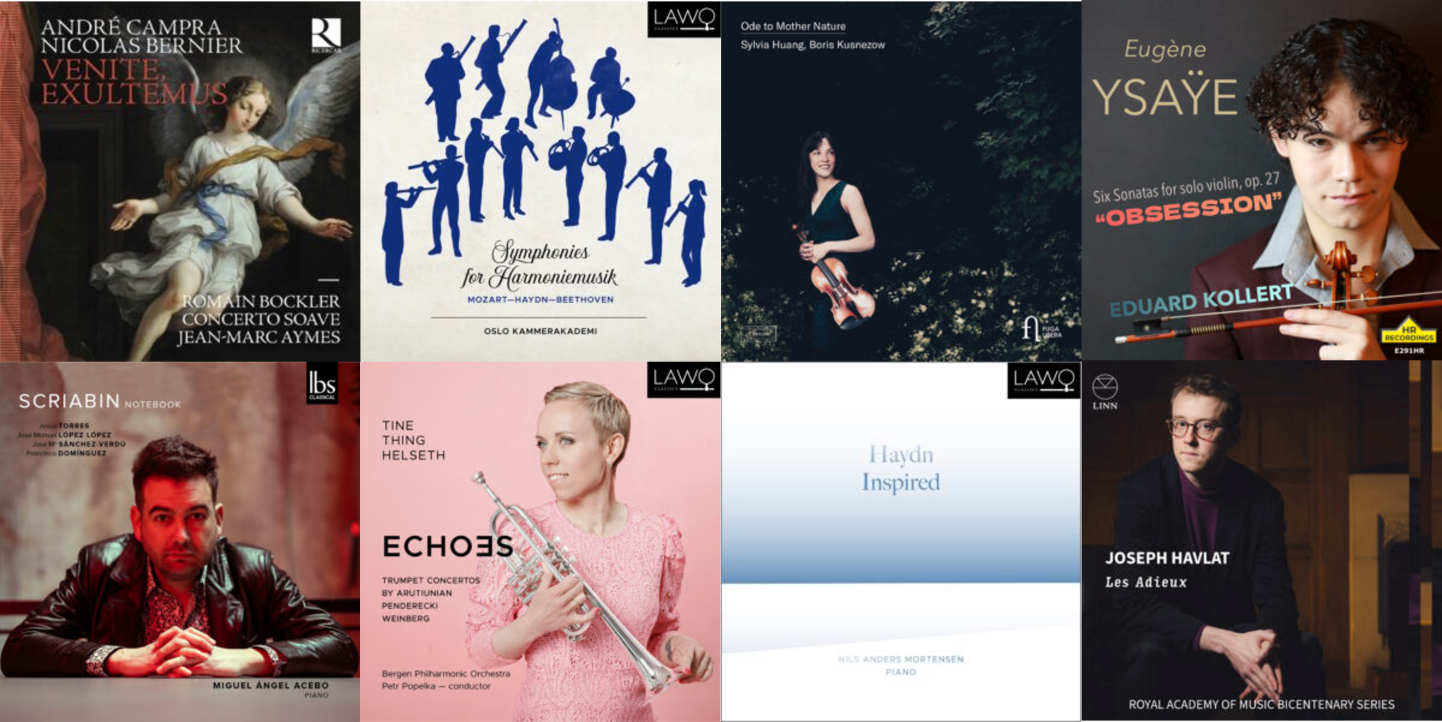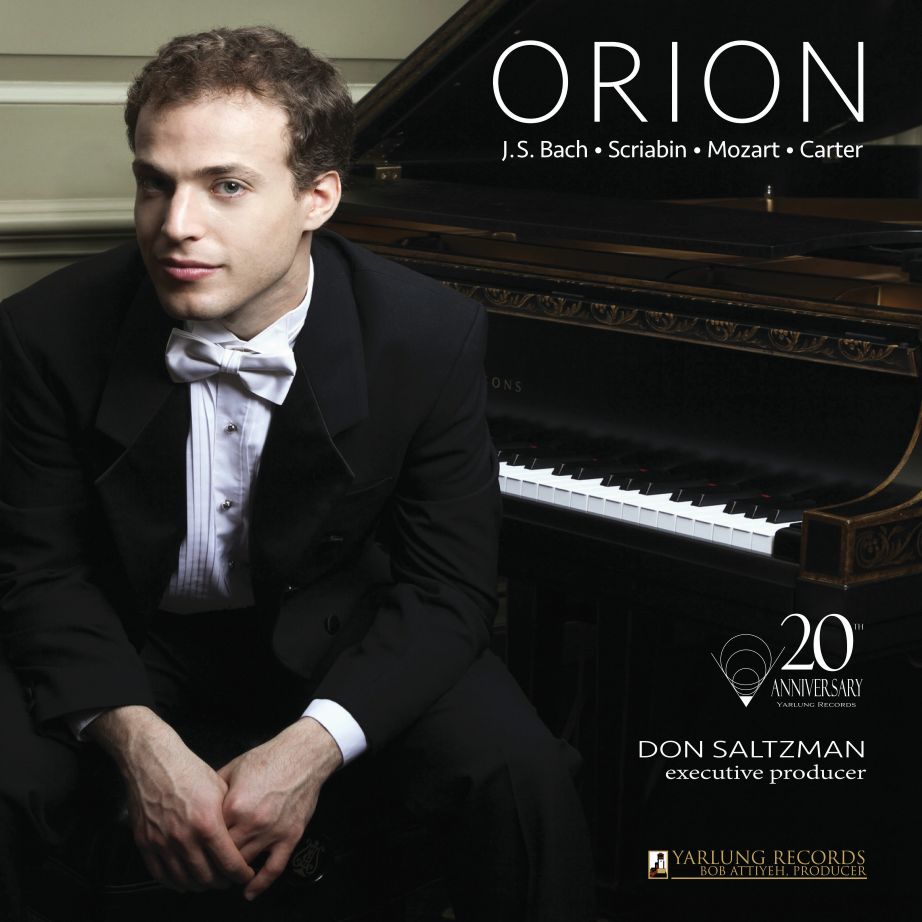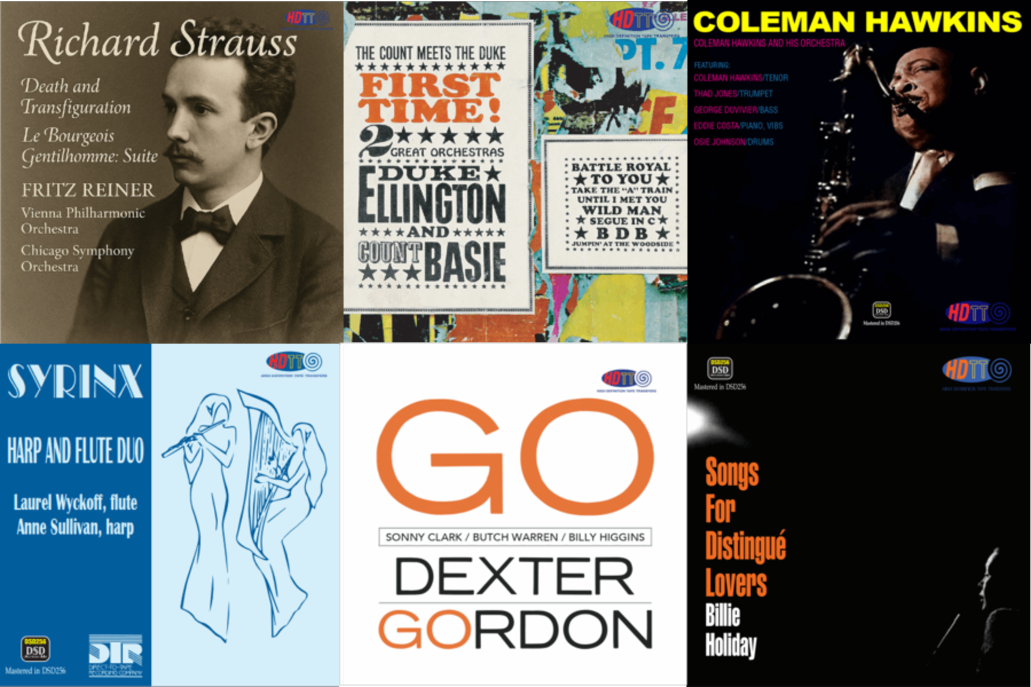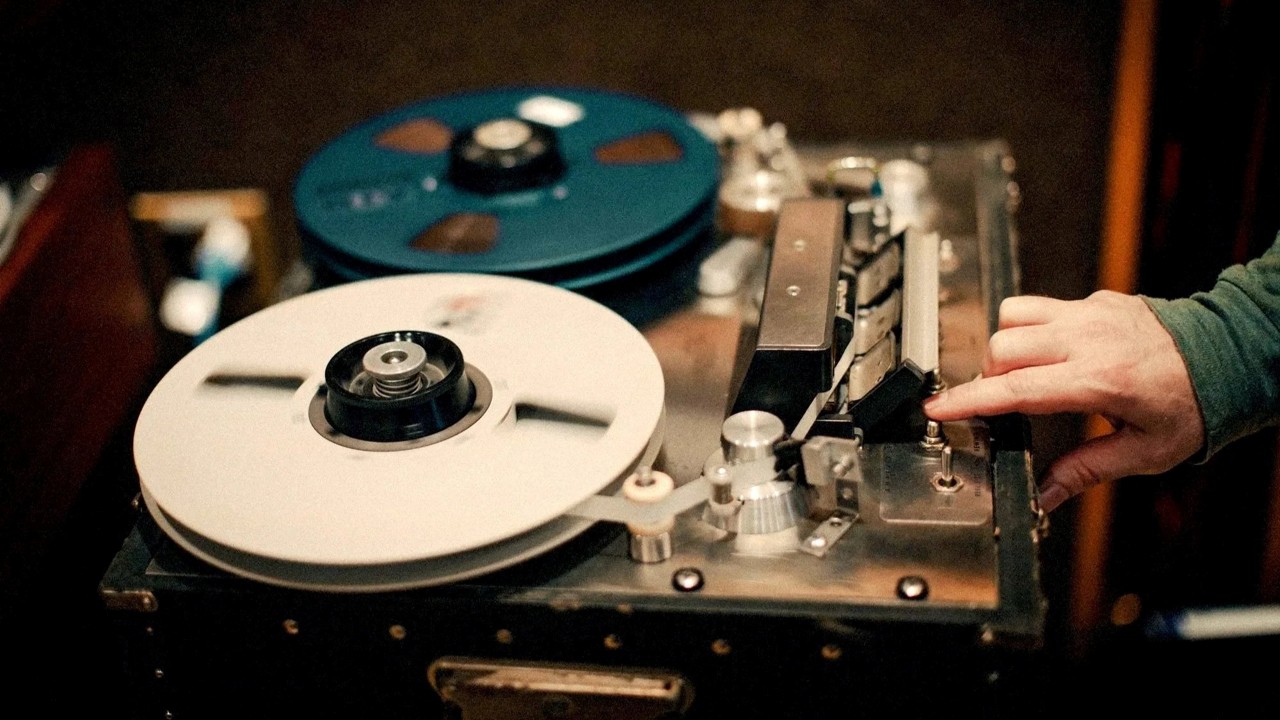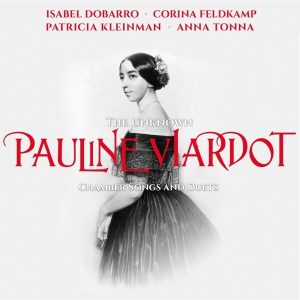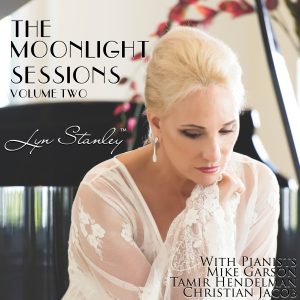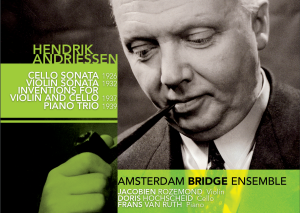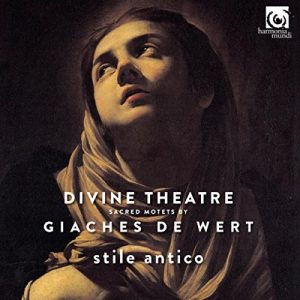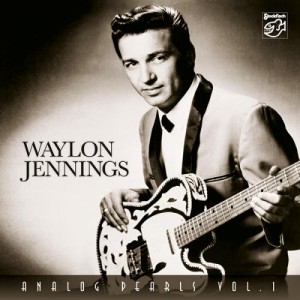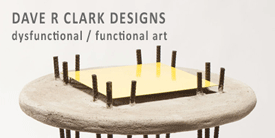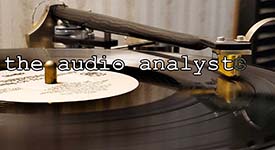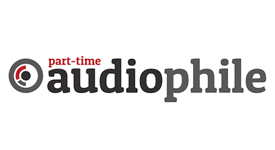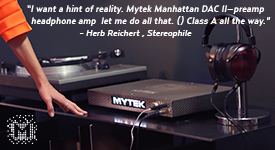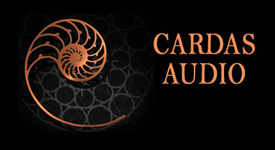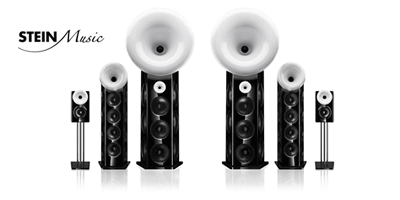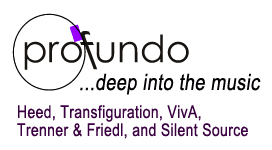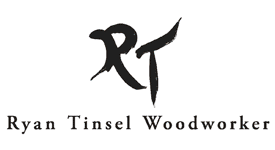Today we have a wonderful organ recording from Base2 Music, one that was included in my earlier article, Outstanding Organ Recordings in DSD256 and DXD (HERE), but am only now getting to writing a review. Also included is a remastering of one of my favorite Ben Webster albums, Gentle Ben, from 2xHD. From the new label ADS, the first volume of a very promising cycle of the Mozart and Brahms Complete Piano Trios, beautifully played and recorded. And more. Hope you enjoy.
Percy Whitlock Organ Sonata, Darius Battiwalla. Base2 Music 2021 (384kHz*, Stereo, MCh) Edit Master Sourced HERE
Here is some glorious music for organ in fantastic sound quality. If you are a fan of excellent deep bass reproduction, just listen to the opening track, Lynnwood Farnam's Toccata on 'O filii et filae'. With the 16' and 32' pipes of this organ put to strong use, if this cut doesn't get your woofers pumping energetically, you need to recheck your system setup.
But seriously, this album includes some excellent music for organ by Lynnwood Farnam, Percy Whitlock, Fela Sowande, and Percy Grainger. All are performed by organist Darius Battiwalla on the excellent JJ Binns Organ at Rochdale Town Hall (1913), rebuilt by J. W. Walker & Sons Ltd. in 1979 (see registration below). This organ is an excellent full range, powerful, very articulate instrument in a great acoustic space. And its sound is captured supremely well in Jake Purchase's Base2 Music recording.
So often in our search for great organ music that can both seriously challenge our audio system and give us great musical enjoyment, we focus on just a half-dozen well known composers for organ. In doing so, we overlook some outstanding works by composers with whom we are not as familiar. Organists know these names, but many music listeners and audiophiles do not. So, here is an opportunity to expand your musical horizons while also giving you an orgasmic organ listening experience.
These works are not exaggerated ostentatious audience pleasers. They all have serious musical interest. Percy Whitlock's four-movement Organ Sonata is the central work. It is a product of the concert hall rather than the cathedral organ-loft, a reflection of his career which included working with the Bournemouth Symphony Orchestra and a range of visiting conductors and composers. Influences of both Rachmaninoff and Delius are heard in the sophisticated structure of the first movement. The second movement, "Canzona," is in a simpler harmonic style, recalling the songs of Bridge. The final movement, "Choral," is the longest, and gives a sense of Whitlock's skills as an improviser, with the theme from the first movement recurring in fragments, transformed. All of which it by turns lyrical, dramatic and playful. It is simply a delightful piece.
The third work on the album is Fela Sowande's fantastic Kyrie, a work I'd not heard until this album but which I adore now having heard it. Be aware, some of this is so very quiet, you really need to be listening in a quiet listening space. And, the deep bass breathes so low at the bottom of this, I'm sure my headphones are not reproducing those deepest frequencies that the 32' Double Open Diapason pedals are creating. But, wow! Is it luscious. If you have an audio system built to do justice to low bass reproduction, you need to hear this.
In a comment, Jake said, "The Fela Sowande piece which starts on a declining scale on the 32s is awesome. I had to go to some lengths to prevent windows rattling during the recording!"
Fela Sowande (1905-1987), born in Lagos was the son of a priest and a chorister at the cathedral in Lagos where he also began his studies on the organ. He came to London in the mid-1930s, working as a church choirmaster and organist, and becoming bandleader and Hammond organist at the Florida Club in Mayfair where he played duets with Fats Waller and recorded with Adelaide Hall and Vera Lynn. He visited the United States many times, including an appearance conducting the New York Philharmonic in his African Folk Symphony, which had been commissioned in 1960 to celebrate Nigerian independence. He eventually moved to the USA and became a citizen, pursuing extensive research into Nigerian music and holding academic positions at many different universities. He died in Ohio in 1987.
In the liner notes, Jake describes his microphone setup: "I used a pentangle layout for capturing 5.1 Surround and Stereo sound. Three omnidirectional microphones are at the front capturing the organ on a large high reach mast with the two rear Omni microphones about 16 meters behind the main mast capturing the acoustics of the hall."
I'm listening to the 384kHz .wav files in stereo and it is simply gorgeous. Jake tells me the 384kHz surround edition sound is even better when heard in a well set up 5.1 channel playback system. I believe him! This album is included in my list: Outstanding Organ Recordings in DSD256 and DXD
JJ Binns Organ at Rochdale Town Hall, l, Rochdale, Greater Manchester, England
Andrés Segovia Archive Grand Finale, Roberto Moronn Pérez. Reference Recordings 2025 (96k* Stereo) Edit Master Sourced HERE
The compelling charisma and virtuosity of Andrés Segovia (1893-1987) helped to stimulate non-guitarist composers to write music for him. Many of these works featured in concerts and recordings throughout his career. But many more languished in the Andrés Segovia Archive, a collection of works among Segovia's private papers which were not made public until some years after his death.
Spanish-born guitarist Roberto Moronn Pérez has released three previous albums concentrating on this collection of barely known and, in some cases almost totally
neglected, works from the Segovia Archive.
With the completion of those recordings, Pérez has chosen in this fourth album to perform more well-known works that were actually performed or recorded by Segovia. Where possible, he uses the manuscripts found among Segovia's papers.
His performances flow naturally, fluidly. We hear immense technical proficiency, but a proficiency that is, most importantly, coupled to great musicality and excellent aesthetic judgement. Fanfare (US) music reviewer Colin Clarke was very enthusiastic about this recording in his review reposted by Reference Recordings HERE saying "Few, if any, are more qualified to present this repertoire with such authority, and how he delivers. Recommended enthusiastically." I agree completely.
Roberto Moronn Pérez studied in Madrid, Italy, and the UK (he attained a first-class degree in musicology at Madrid and won the Julian Bream prize at London's Royal Academy of Music).
Schnittke, Cello Concerto No. 1, Matt Haimovitz, MDR Leipzig Radio Symphony Orchestra, Dennis Russell Davies. Pentatone 2025 (48k, Stereo, EP) HERE Not available at NativeDSD
This music is intense. It is a significant composition of the second half of the 20th Century. Composed by Russian composer and dissident Alfred Schnittke (1934-1998) for his friend, legendary cellist Natalia Gutman, and written in 1985 after surviving a stroke, this concerto is groundbreaking. Capturing the raw intensity of life, death, and rebirth, cellist Matt Haimovitz calls this this concerto the most important contribution to the genre from the second half of the 20th Century.
Schnittke blends the emotional gravity of Shostakovich with haunting echoes of Brahms and Bach. Harpsichord, amplified cello, gripping cadenzas, and bold orchestration create a striking soundscape that bridges the baroque and the modern. Haimovitz tells us: "The Cello Concerto was initially conceived as a three-movement work. On waking up from his coma, Schnittke added a movement. He said he 'was given a finale, so to speak–a fourth movement as a climax, as a conclusion, which I hadn't actually planned or imagined.'" It forms a deeply spiritual conclusion.
This performance captures the concerto's full emotional arc, with a finale that soars with life-affirming brilliance. Don't be put off by some half-hearted reviews of the music—they are not hearing this performance. Here, Haimowitz and conductor Dennis Russell Davis give us complexity, energy, and passion. It is an excellent, thoroughly engaging, performance captured in good sonics, albeit at a lower original recording resolution than I may prefer.
Mozart's Clavichord, Alexander Gergelyfi, Georg Nigl. Alpha Classics 2025 (96k*, Stereo) Edit Master Sourced HERE
Performed on a clavichord that belonged to Mozart and on which he played and composed so much of his music, this album is revelatory—and a very special aural treat. This recording was made not only in the house in which he lived but also with the clavichord that he used to compose Die Zauberflöte, La clemenza di Tito and the Requiem.
A clavichord is a stringed keyboard instrument, within a frame usually of rectangular shape. At the further end of every keylever is a tangent, a small blade usually made of iron or brass, that touches (plucks) the string immediately above it and makes it vibrate. The plucked sound is very distinctive and apparent. Uniquely among the whole family of keyboard instruments it can make a vibrato sound (shaking, trembling or quivering), by gently altering the finger pressure on the keys in a to-and-fro motion, without letting the tangent move from the string.
It is a very sensitive instrument with surprisingly dynamic action, but its tone is quite soft and subtle. Far too quiet for any performance beyond what can be played in a small domestic room, and even here its sound may simply be too intimate. Baritone Georg Nigl says, "I really had to sing very softly indeed!"
The clavichord was rapidly supplanted by the fortepiano, then by its successor, the pianoforte, even for domestic use. Today, it is almost entirely silenced, a forgotten relic of former times. This particular instrument is a highly important treasure—preserved, alongside Mozart's own string instruments, by the International Mozarteum Foundation in Salzburg.
The composer Georg Friederich Wolf (1761-1814) described the clavichord (also generally referred to in the 18th century as a clavier or keyboard as "the most conformable and finest instrument for a satisfying recital; because of its distinct,
caressing and pliable tone, it has no equal."
Keyboardist Alexander Gergelyfi and baritone Georg Nigl have selected a very interesting set of solo keyboard and keyboard with voice pieces for this recording. All have been arranged for clavichord and baritone voice by Gergelyfi, so there is no claim that these are works Mozart actually composed or played on this instrument. But, they beautifully display the distinctive sound and capabilities of the clavichord--musical expressions that are in many ways unique to this instrument.
Gergelyfi plays with an expressive and delicate touch. Nigl's singing is equally expressive and very intimate. Together, they make this a delightful hour and twenty minute recital. I strongly encourage this recording for the adventurous who are already comfortable with historical instruments performances. It will open your ears afresh to Mozart!
Alexander Gergelyfi and Georg Nigl, Mozart's Clavichord
Mozart, Brahms: Complete Piano Trios Vol. 1 & Mehmari: Portais Brasileiros No. 5, Trio Callas. ADS 2025 (176.4k*, Stereo, MCh, Immersive) Edit Master Sourced HERE
This is the first volume of what promises to be a very enjoyable cycle of the Brahms and Mozart complete Piano Trios. If the coming volumes are as well performed as this initial volume, we are in for some very pleasurable listening.
Trio Callas is an international affair bringing together three musicians who came met during their studies at the historic Mozarteum University in Salzburg: Portuguese violinist Miguel Rocha, Brazilian-Japanese cellist Lucas Garcia Muramoto, and French pianist Bella Schütz. And this diversity of cultural background may be what creates the distinctive piquancy of their performances.
The album leads with Mozart's Piano Trio in E major, K. 542 (1788), an intimate collaboration of piano, violin, and cello in which each has a contribution to make, none are simply accompanying. And the Trio make an auspicious entrance. There is nothing grand and glorious here, instead it is nuanced, delicate, poignantly beautiful. The opening piano theme is often dubbed "mellifluous," and this is an apt word for the work as a whole. In the hands of the Trio Callas, the work expands and envelops delightfully, like old friends gathering in the parlor to remanence and enjoy each other's company. As it should be.
With nary a pause, the recital glides into much more challenging territory with Brahm's Piano Trio No. 2 in C major, Op. 87 (1882). Coming almost one hundred years later, this work immediately commands attention as a more intense, conflicted, and emotionally varied composition. Our performers meet the challenge, embrace it. And with this work, one begins to think of the ever-towering, elegant performances by the Beaux Arts Trio from the 1960s on Philips, whose performances of the Brahms trios set a mark that is always a point of comparison for any succeeding performances.
And I am not disappointed. In fact, I am thrilled to hear this current day performance that takes up the challenge and delivers beautifully. Do they play with the same emotional intensity and depth? Hmmm, perhaps not, perhaps the towering masters are not displaced. But the Trio Callas more than holds its own and makes this music its own—different, alternative, innovative. They honor the great tradition, but are willing to strike their own paths in performances that are uniquely of their own character, their own creative stamp.
This is a performance that keeps me coming back to listen to same works by different artists. When the composition and the tradition are both honored, as here, but the musicians make something fresh, then there is joy to the listening. And Trio Callas accomplishes this.
Can I describe for you precisely what is different, what I'm hearing that makes this "something fresh" in my ears? Alas, no. I'm not a music critic, I'm not a musician. I simply enjoy music and thrill with the experience of it. So, this is all I can tell you: I don't think you will be disappointed and I think there is every reason to believe you will be very happy, as I am, with this performance. Great music, commanding music, played with a freshness and vitality that is most gratifying, even humbling, to hear.
The album closes with a world premier recording of the Portais Brasileiros, No. 5 - Rondó (2023) by Brazilian composer-pianist André Mehmari (b. 1977). Dedicated to the Trio Callas, this work has been a signature piece for the trio. Inspired by Mehmari's Suite Brasileira for cello and piano, the trio asked for a new composition that would reflect the richness of traditional Brazilian music in a way only he could. The result is a work that serves—true to its title—as a portal: a warm and inviting passage into the realm of Brazilian music.
ADS founder, producer, and recording engineer Gustavo Cândido provides us yet another delicious aural treat in this release. Now the third album I have heard from his ADS label, Gustavo continues to provide a feast for the ears. His focus is on creating the most aurally compelling surround and immersive recordings that one can acquire. Regrettably, I listen only in stereo but I will affirm that the stereo mixdowns of his recordings are excellent. From Gustavo's excellent written descriptions of his approach to recording in surround and immersive, I have confidence he knows what he is about and that his multi-channel recordings would be exceptional. If you have the ability to playback surround or immersive recordings, I highly recommend you get this or another of his recordings to give your audio system some appropriate exercise.
Of immersivee, he writes, "Unlike traditional formats that confine music to a fixed plane, immersive audio creates a sonic universe for the listener to explore, feel and interact with. Imagine being able to walk between instruments, feel the distance between each note, and feel the music moving around you. This is the promise of immersive audio: an experience that redefines what is possible in music reproduction, transforming the listener into an integral part of the work."
In sum, a most enjoyable recital by Trio Callas, in superb sound quality, that portends many excellence's yet to come.
Gentle Ben, Ben Webster, Tete Montoliu Trio. 2xHD 1972, 2014, remastered 2024 (DSD256) HERE
This recording was made 10 months before Ben Webster's death in 1972. Webster, who had left the United States in 1965 to settle in Europe, first in Copenhagen and then in Amsterdam, was visiting fellow musician and friend Tete Montoliu in Barcelona. Webster and pianist Montoliu went back a ways, having played together regularly in Webster's Copenhagen days. They understood each other deeply, and their comfort with each other is apparent as they seamlessly accompany one another in this recording.
Highlights include Ben's Blues, Sweet Georgia Brown, The Man I Love and Don't Blame Me all of which allow Webster's trademark breathy, fat tenor tone to bloom like on few other recordings. The soundstage is intimate and inviting, making you feel invited into the warm, relaxed ambiance of the Barcelona club in which this was recording.
One of my favorite Ben Webster albums—if you love Ben Webster, this is an album that needs to be in your music library.
The transfer from analog tape to DSD256 by 2xHD is stellar—clean, detailed, rich, golden. It brings out the warmth of tone without losing any of the high frequency sparkle. If you have the original 2014 release from 2xHD, this 2024 remaster is a bit cleaner, a bit more open sounding. But the original 2014 is still a keeper.
* This is the original recording resolution and the resolution in which I listened to this release. NativeDSD offers this recording in the full range of resolutions up to DSD512 as part of their Higher Rates Program.

